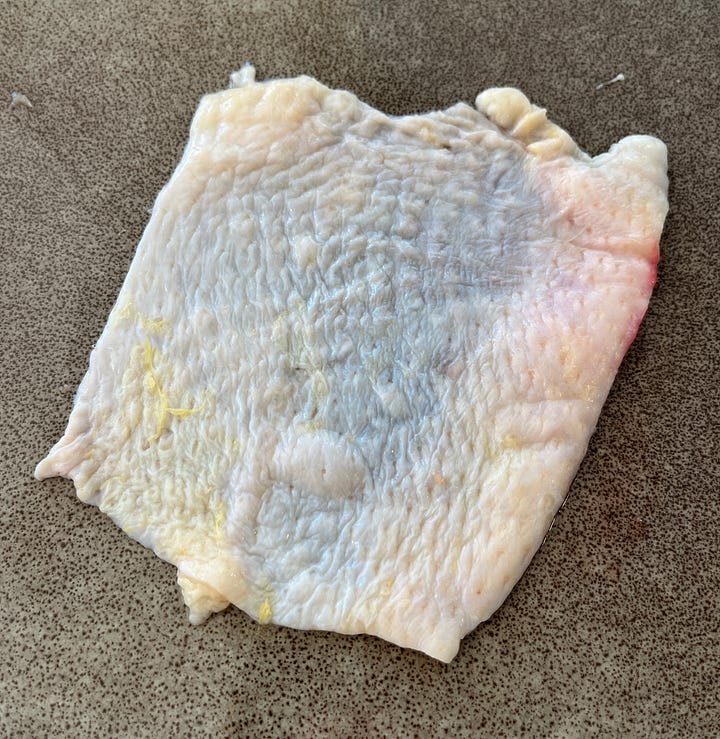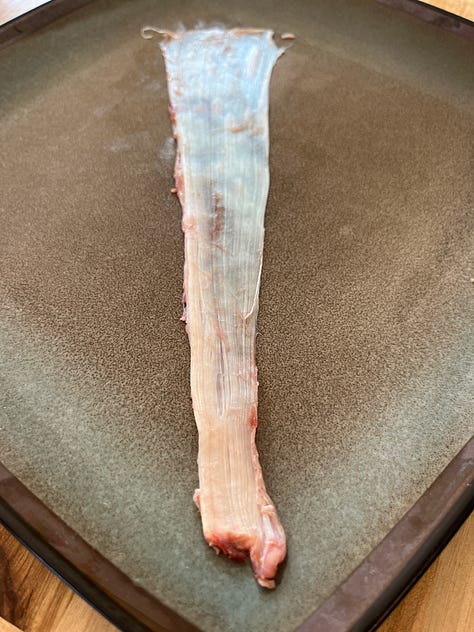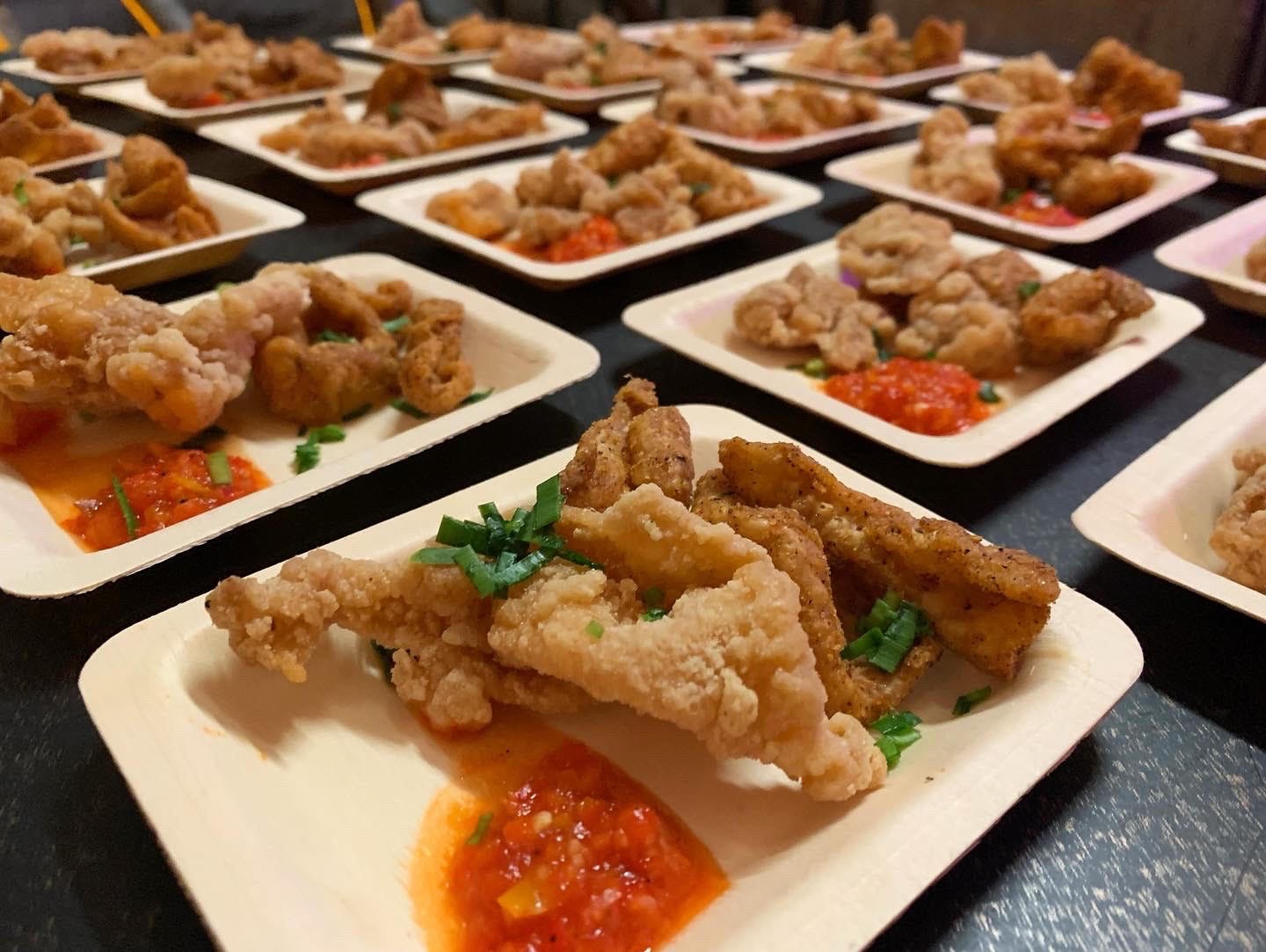Collagen is the most abundant protein in the body. This strong and ubiquitous fiber gives virtually every body part and organ its shape and structure. If the body were a house, collagen would be the wooden studs holding up every wall, shaping every room and bracing the entire construction. But unlike a house’s parallel studs, collagen strands crisscross throughout the body, and, unlike stiff wood, they create a flexible fibrous skeleton that allows the body to constantly move and contort. (Even the bones of our actual skeleton are made of collagen, but with calcium-phosphate crystals glommed onto it to add strength and rigidity.)
To better understand what collagen does for our bodies, peel a citrus fruit. Think of collagen as the white fibrous material that creates the peel, divides the fruit into sections, and encloses each fluid-filled vesicle. In other words, collagen in our bodies is like everything in that citrus fruit but the juice. (Actually, skin and connective tissue in humans and animals have many other kinds of less abundant protein fibers mixed in, including elastin, fibrillin and others. But for the purposes of this post, I’ll be referring to all of it as collagen.)
When it comes to cooking, collagen from animal bodies has two primary fates: either it is boiled for a long time and turns into gelatin, or it is cooked at higher temperatures (either fried or roasted) and becomes brown and crispy. If it achieves neither of these fates, it’ll be the chewy gristle left over in your mouth after swallowing meat - it can be chewed for hours without breaking down, which inadvertently demonstrates how tough and resilient this fiber is in our bodies.
This post is focused on the second fate, where tough, white collagen turns into something darker-colored, soft, puffy, and crunchy. Most people know this from the crispy brown skin on a roasted bird, fish, or pig, or as a pork rind. In these forms skin is, in my opinion, the single the most delicious body part of all. I call it “caramelized collagen,” however, technically caramelization refers only to browned sugars, not protein. In protein, this browning is called the Maillard reaction - it is a mind-bogglingly complex molecular process where branches, chains and rings of atoms are broken, shuffled and re-arranged into wholly new substances. Besides turning the protein brown, it adds countless complex flavors.
The skins of pig, poultry and fish are most common in this regard probably because pigs are pretty hairless, birds can be plucked, and fish can be scaled. But every animal skin is made of the same collagen and will turn into the same delicious material if you first remove the hair. For instance, in Indonesia, cattle skins are turned into crackers called “krupuk kulit.” In fact, absolutely any source of collagen from anywhere on an animal’s body can be cooked in the same way with the same mouth-watering results. Allow me to demonstrate.
Let’s start with skin, specifically a piece of chicken skin from the animal’s thigh.


Here’s another dish made with browned chicken skin by DC-based chef Marcelle Afram at one of my “anatomy dinners.” It was slow-baked until crispy and some were spiced with paprika (the darker pieces). It was served with a chili garlic relish.
How about a tendon? Tendons are made of collagen, and they connect muscle to bone (ligaments are made of the same material, but they connect bone to bone, such as inside joints). What happens if you fry a tendon?



There is nothing unique about skin or tendon – it is just something about collagen. So let’s take this another step further: what happens when you fry a trachea?


The trachea is made mostly of collagen too: its ridges are cartilage rings that help keep the airway open, and cartilage is made mostly of collagen (along with other fibrous and globular proteins). And the thin membrane between each ring is made of the same thing, so the whole thing fries up into a crunchy snack.
You could make the same snack from absolutely any part of an animal’s body that is made of collagen: the large or small intestines, the bladder, the fibrous sack around the heart (pericardium), the fibrous sack around the brain and spinal cord (dura mater), or the membranous capsule from any internal organ. When rendering fat, there are often some delicious crispy cracklings leftover in the pan - this is from the fibrous skeleton of adipose tissue, and once all the fat renders out, this collagen matrix is all that’s left.
Whatever body part it comes from, fried collagen makes a great low-carb snack food. Crumble into salads, add it to sauces, or put it in just about any dish imaginable to take it taste to the next level.





I'm definitely going to be frying up some of my deer tendons and the trachea this fall!
If kind to know how this could make my cheeks and lips puffier too.